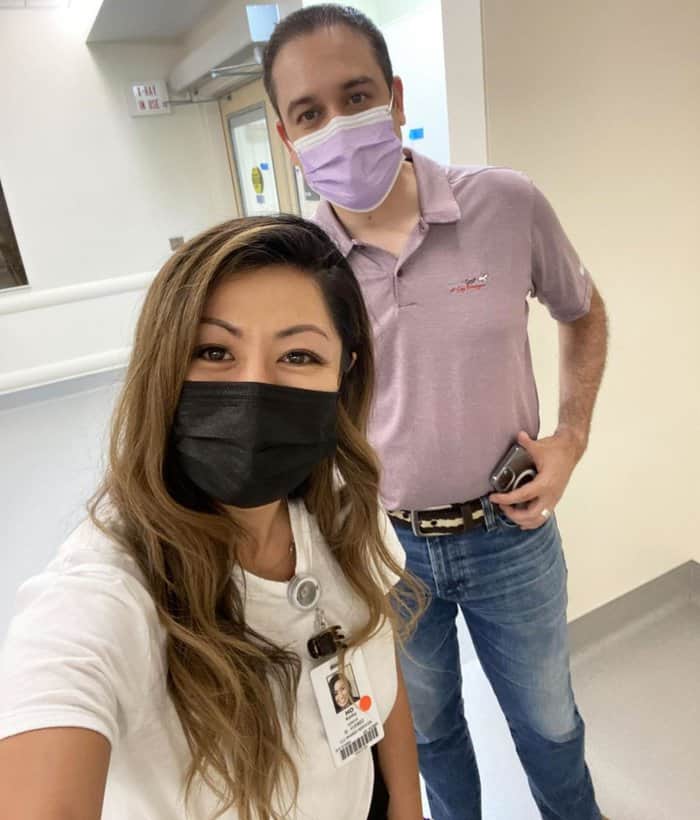
Introducing VueStat™
We’re thrilled to announce the release of our newest technological advancement, VueStat, an electronic shelf label (ESL) solution that displays all required product details on a label-size screen, using e-ink text, images, QR codes, and barcodes. It provides and updates readable information remotely and in real time, and reports specific feedback to the Cloud for analysis.
In the use case of supply management, VueStat provides inventory status (on-order, back-order, out-of-stock, etc.), warnings (recalled, latex, bill to patient, expiring, etc.), min/max par levels, approved item substitutes, etc. Each ESL also conveys back a wide range of information via combinations of pre-programmed button pushes, such as varying levels of stock on hand, need for replenishment, replenishment fulfilled, and damaged stock.
Click here to read more about VueStat!
INSIGHTS FROM VUEMED

Data is the engine powering it all
Check out our latest White Paper about the importance of data analytics for cutting costs, improving patient care, and ensuring a high functioning supply chain. Accurate and accessible data is needed for both day-to-day inventory operations (e.g., reordering, product availability, expiration tracking, recall management) and more strategic decision-making (e.g., forecasting supply needs based on anticipated procedure volumes). This White Paper offers practical and proven methods for capturing, analyzing and utilizing this data in order to gain control of and optimize clinical inventories at hospitals.

Just-in-Case, Just-in-Time, or Just-Enough?
In this article, we analyze each demand planning strategy and give our opinion about which is most effective. No hints, you’ll have to read it to get the answer!
How to prevent provider burnout

Since 2017 VUEMED has been partnering with Loma Linda University Health to improve their supply chain and clinical inventory management. The automated RAIN RFID technology solutions that we’ve implemented have had the added benefit of raising provider satisfaction and preventing burnout because easy access to data saves staff countless hours of mindless tasks and endless frustration:
- No more hunting around the hospital for products whose locations are unknown.
- No more risks to patients from products not being available for a procedure.
- No more wondering how many days of on-hand inventory there is.
- No more problems tracking recalled items to individual patients.
- No more patient records filled with errors or omissions that need to be corrected.
- No more stressful and non-value-added activities like fixing billing and charge capture errors in patient records.
- No more safety risks over expired products being accidentally placed in patients.

Demystifying RFID
RFID should no longer be seen as some type of outlier or futuristic sci fi technology. In a recent blog we talk about how the future of RFID in healthcare is already here and now. We predict that soon it will be customary for hospitals to use RFID as a surefire way of ensuring that costs and waste are brought under control, inventory is optimized, charge capture is accurate, products are available, and recalled items are traceable to specific patients within seconds.

Four healthcare trends in 2022
In this article we identify four trends that we expect to continue moving forward:
- Investment in the fundamental technology and data infrastructure to support care delivery.
- Focus on risk mitigation and optimizing for risk management (versus just cost).
- Commitment to leadership and workforce development.
- Interest in clinical inventory management automation and standardization.
Kathy Ho, Dir. Account Management
Alex Barinaga, Dir. Implementation Services
on site at Loma Linda University Health





